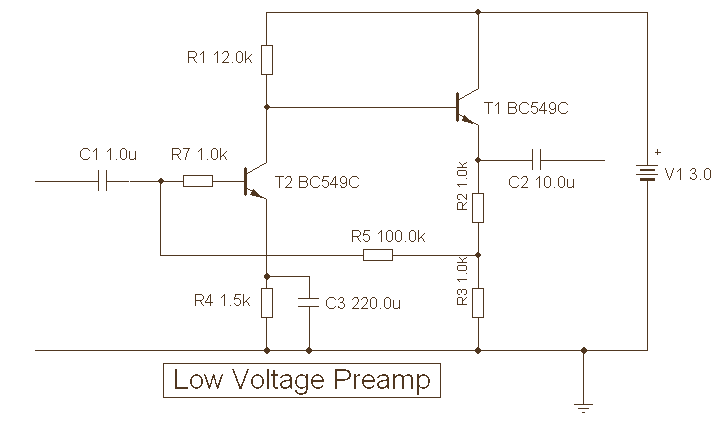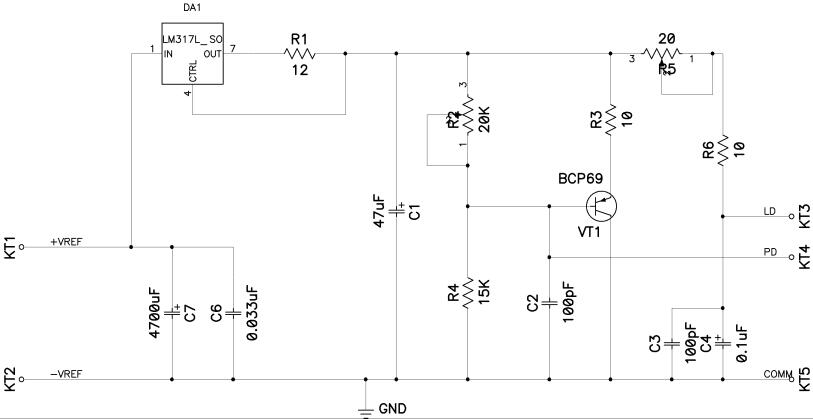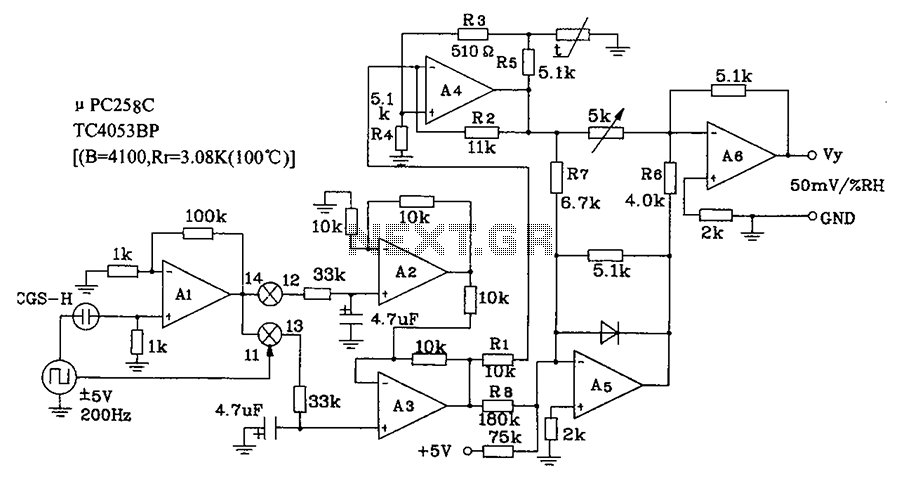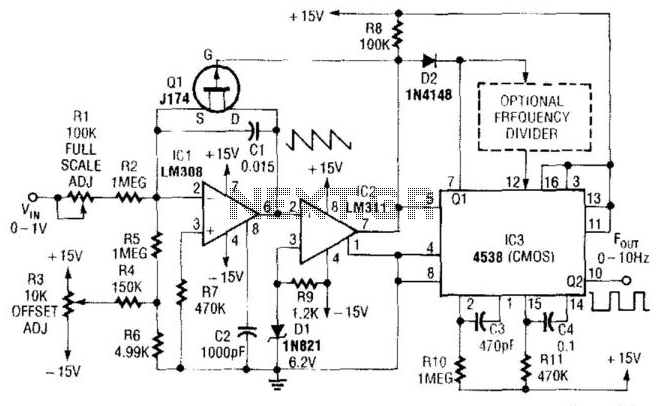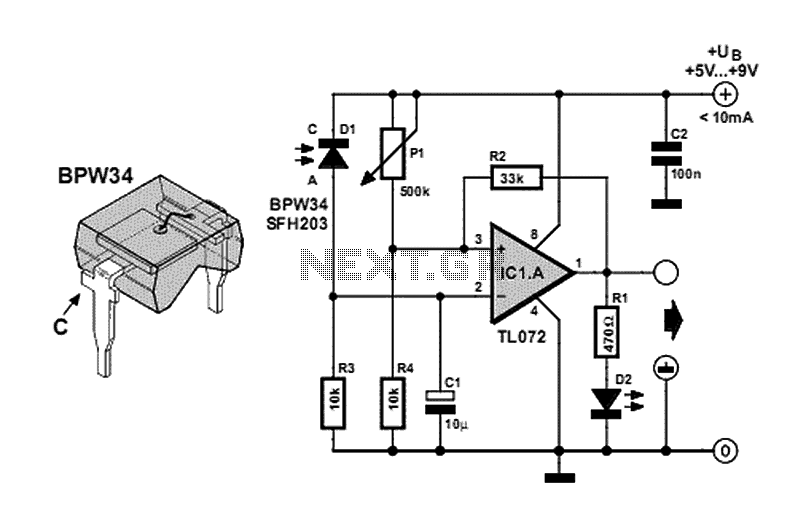
Low Voltage Supplies - Solid State - Tubes
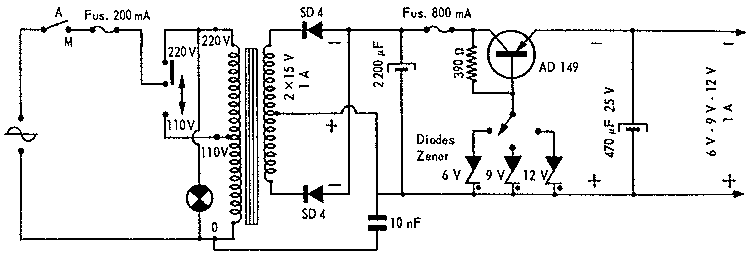
Such supplies are often realised with dedicated integrated circuits nowadays but it's still interesting to give a look at old designs to understand the basics.
The description outlines the evolution of power supply designs in electronics, emphasizing the transition from traditional methods to modern integrated circuits (ICs). In the early days of electronics, power supplies were primarily constructed using discrete components such as transformers, rectifiers, filters, and regulators. Understanding these older designs is crucial for grasping fundamental electrical engineering principles.
A classic linear power supply circuit typically consists of several key components. The first component is the transformer, which steps down the AC voltage from the mains supply to a lower AC voltage suitable for the desired output. Following the transformer, a rectifier circuit is employed, which converts the AC voltage into pulsating DC. This is often achieved using a bridge rectifier configuration, which utilizes four diodes to ensure that both halves of the AC waveform are utilized.
After rectification, the output is smoothed using a filter capacitor. This capacitor charges during the peaks of the pulsating DC and discharges during the troughs, effectively reducing the ripple voltage. The size and type of the capacitor significantly influence the performance of the power supply, with larger capacitance values providing better smoothing but also requiring longer charge and discharge times.
To regulate the output voltage, a linear voltage regulator is implemented. This component ensures that the output voltage remains stable despite variations in input voltage or load current. Common regulators include the 7805 for +5V output or the LM317 for adjustable outputs. These regulators typically require additional capacitors for stability and transient response, which are placed at the input and output.
In summary, while modern power supplies often utilize dedicated ICs for efficiency and compactness, studying traditional designs with discrete components provides valuable insights into the foundational concepts of power supply engineering. This knowledge is essential for troubleshooting, designing, and innovating in the field of electronics.Such supplies are often realised with dedicated integrated circuits nowadays but it`s still interesting to give a look at old designs to understand the basics. 🔗 External reference
The description outlines the evolution of power supply designs in electronics, emphasizing the transition from traditional methods to modern integrated circuits (ICs). In the early days of electronics, power supplies were primarily constructed using discrete components such as transformers, rectifiers, filters, and regulators. Understanding these older designs is crucial for grasping fundamental electrical engineering principles.
A classic linear power supply circuit typically consists of several key components. The first component is the transformer, which steps down the AC voltage from the mains supply to a lower AC voltage suitable for the desired output. Following the transformer, a rectifier circuit is employed, which converts the AC voltage into pulsating DC. This is often achieved using a bridge rectifier configuration, which utilizes four diodes to ensure that both halves of the AC waveform are utilized.
After rectification, the output is smoothed using a filter capacitor. This capacitor charges during the peaks of the pulsating DC and discharges during the troughs, effectively reducing the ripple voltage. The size and type of the capacitor significantly influence the performance of the power supply, with larger capacitance values providing better smoothing but also requiring longer charge and discharge times.
To regulate the output voltage, a linear voltage regulator is implemented. This component ensures that the output voltage remains stable despite variations in input voltage or load current. Common regulators include the 7805 for +5V output or the LM317 for adjustable outputs. These regulators typically require additional capacitors for stability and transient response, which are placed at the input and output.
In summary, while modern power supplies often utilize dedicated ICs for efficiency and compactness, studying traditional designs with discrete components provides valuable insights into the foundational concepts of power supply engineering. This knowledge is essential for troubleshooting, designing, and innovating in the field of electronics.Such supplies are often realised with dedicated integrated circuits nowadays but it`s still interesting to give a look at old designs to understand the basics. 🔗 External reference
Warning: include(partials/cookie-banner.php): Failed to open stream: Permission denied in /var/www/html/nextgr/view-circuit.php on line 713
Warning: include(): Failed opening 'partials/cookie-banner.php' for inclusion (include_path='.:/usr/share/php') in /var/www/html/nextgr/view-circuit.php on line 713

